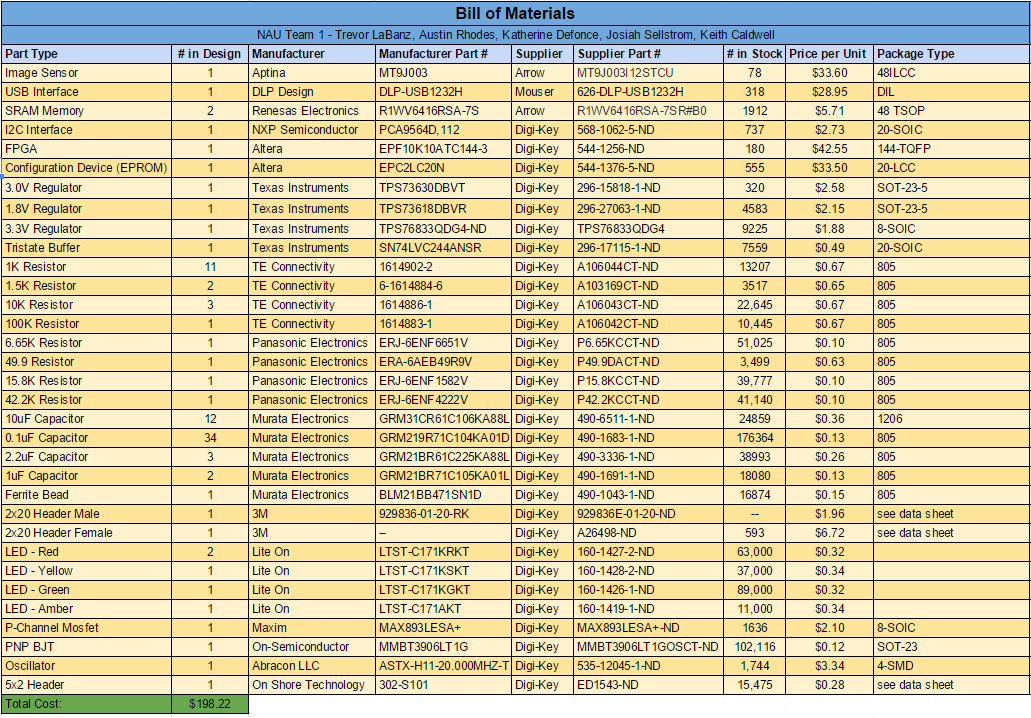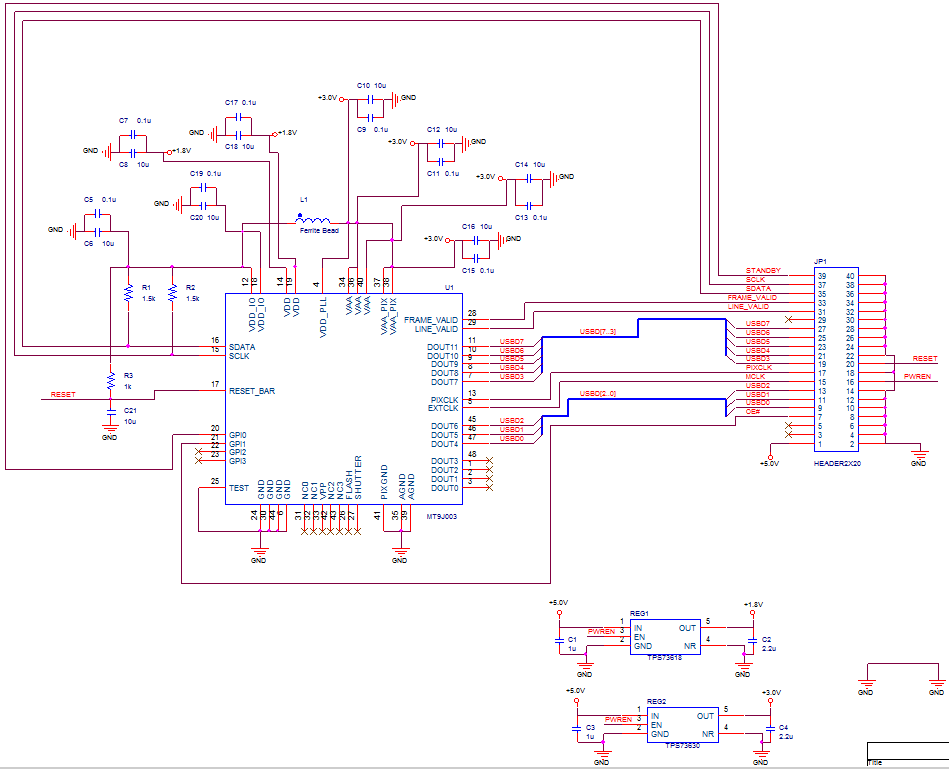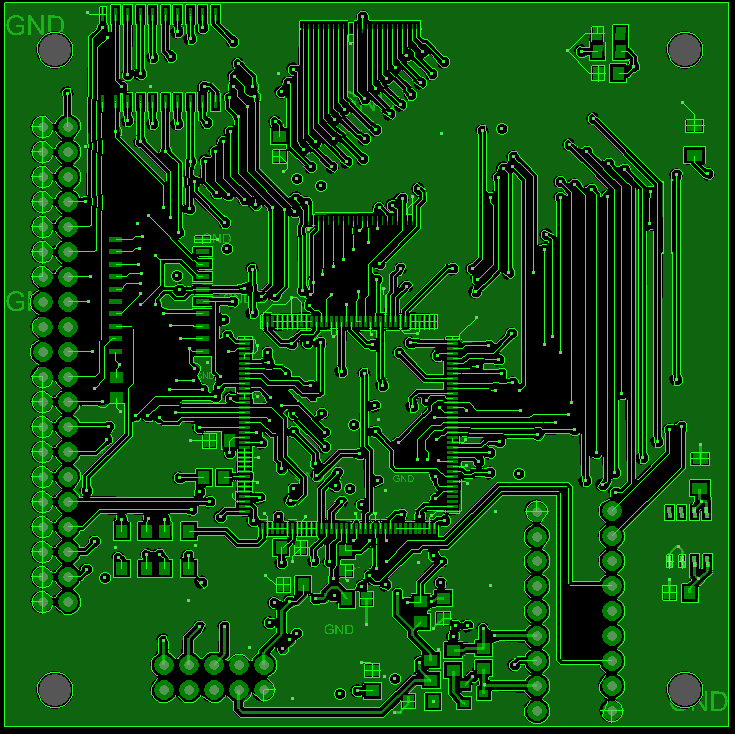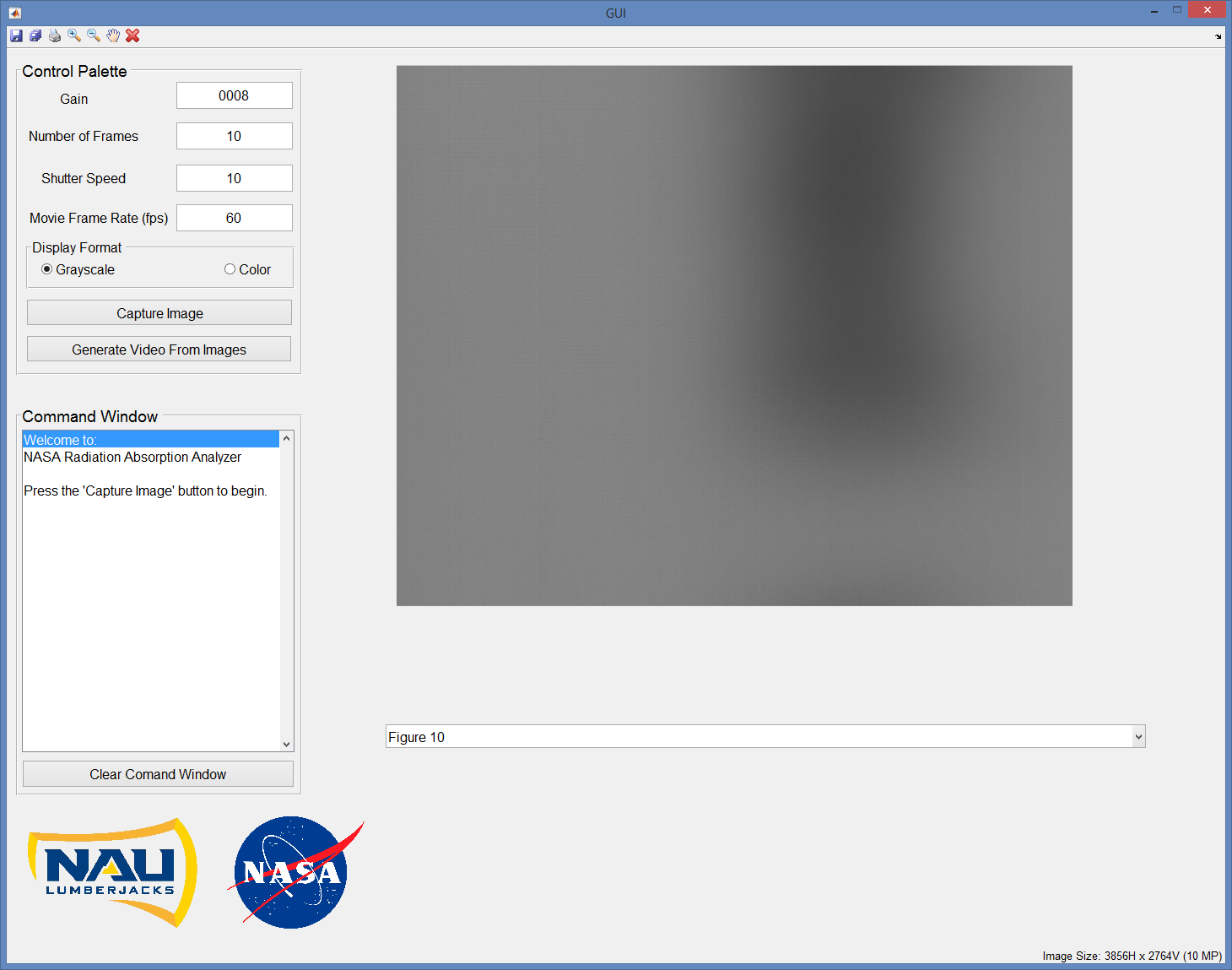During the detailed design phase, in order to continue progressing in the project, more parts needed to be purchased. Some of the parts for this design were purchased previously, and can be seen on the Concept Generation Phase page on this website.
Below is the finalized Bill of Materials, which encompasses all elements necessary for building this project. Many of the elements were not included for the previous Bill of Materials, simply because small components such as resistors and capacitors were not yet determined at that time. A few of the components have been altered from the previous B.O.M., such as the 3.3 Volt regulator, due to the ever-changing requirements of this project. The combined cost for all of the parts in the Bill of Materials comes to $198.22. This total does not, however, include the cost of PCB fabrication. With the cost of PCB fabrication, the total is still underneath the goal budgetary price of $300.00 per fabricated complete part.



